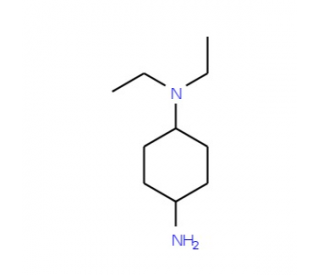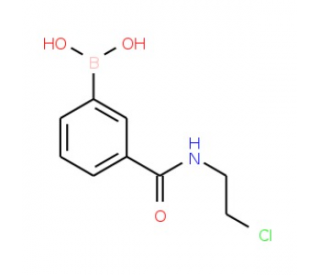详细说明
Species Reactivity
Human, Primate
Specificity
Detects human and primate BMP-4 in ELISAs and Western blots. In Western blots, this antibody does not cross-react with recombinant human (rh) BMP‑2, rhBMP‑3, rhBMP‑5, rhBMP‑6, or rhBMP‑7 under non-reducing conditions.
Source
Monoclonal Mouse IgG 2B Clone # 66110
Purification
Protein A or G purified from ascites
Immunogen
Mouse myeloma cell line NS0-derived recombinant human BMP‑4
Ser293-Arg408
Accession # P12644Formulation
Lyophilized from a 0.2 μm filtered solution in PBS with Trehalose. *Small pack size (SP) is supplied as a 0.2 µm filtered solution in PBS.
Label
Unconjugated
Applications
Recommended
ConcentrationSample
Western Blot
1 µg/mL
Recombinant Human BMP‑4 (Catalog # ) under non-reducing conditions only
Human/Primate BMP-4 Sandwich Immunoassay
Reagent
ELISA Capture (Matched Antibody Pair)
2-8 µg/mL
Human/Primate BMP‑4 Antibody (Catalog # )
ELISA Detection (Matched Antibody Pair)
0.5-2.0 µg/mL
Human/Primate BMP‑4 Biotinylated Antibody (Catalog # )
ELISA Standard
Recombinant Human BMP-4 Protein (Catalog # )
Please Note: Optimal dilutions should be determined by each laboratory for each application. are available in the Technical Information section on our website.
Preparation and Storage
Reconstitution
Reconstitute at 0.5 mg/mL in sterile PBS.
Shipping
The product is shipped at ambient temperature. Upon receipt, store it immediately at the temperature recommended below. *Small pack size (SP) is shipped with polar packs. Upon receipt, store it immediately at -20 to -70 °C
Stability & Storage
Use a manual defrost freezer and avoid repeated freeze-thaw cycles.
12 months from date of receipt, -20 to -70 °C as supplied.
1 month, 2 to 8 °C under sterile conditions after reconstitution.
6 months, -20 to -70 °C under sterile conditions after reconstitution.
Background: BMP-4
BMPs are secreted signaling molecules that comprise a subfamily of the TGF-beta superfamily and were originally identified as regulators of cartilage and bone formation. There are at least 20 structurally and functionally related BMPs, most of which play roles in embryogenesis and morphogenesis of various tissues and organs. Biologically active BMPs are usually homodimers containing a characteristic cysteine knot structure. Heterodimers, BMP-2/BMP-7 and BMP-4/BMP-7 have also been suggested to exist and function in vivo. They are more potent inducers of bone formation than their respective homodimers. In addition, heterodimers, but not homodimers, are ventral mesoderm inducers. Heterodimer activity may be mediated by a different or additional receptor subtype.
Decapentaplegic (Dpp) is one of at least five TGF-beta superfamily ligands identified in the Drosophila genome. Dpp, a functional ortholog of mammalian BMP-2 and BMP-4, is a morphogen and plays an essential role in Drosophila development. Dpp regulates embryonic dorsal-ventral polarity and is required for gut morphogenesis and outgrowth and patterning of imaginal disks.
Long Name:
Bone Morphogenetic Protein 4
Entrez Gene IDs:
652 (Human); 12159 (Mouse); 25296 (Rat); 30612 (Zebrafish)
Alternate Names:
BMP-2B; BMP2B1; BMP2BMCOPS6; BMP4; BMP-4; Bone morphogenetic protein 2B; bone morphogenetic protein 4; DVR4; OFC11; ZYME










 粤公网安备44196802000105号
粤公网安备44196802000105号